
Many of my favorite herbs reseed back into the garden from year to year. It is convenient and natural to let them cast seed and germinate according to their biological clocks that become more finely tuned to our specific climates with every generation. It is unnecessary, as well as labor intensive to harvest the seed, store it indoors and then remember to replant in proper timing every year. If left alone, these plants perpetuate themselves completely on their own, without our help. One will have to resolve the prejudice against having a ‘seedy’ looking garden during certain times of the year. This time of year we have lots of weed seeds in the garden —as well as seeds from herbs and other plants that are left standing—I leave them as cover and food for the birds.
Perpetual herbs cast their seed around the garden at random—sometimes right in the middle of the garden paths—other times they might encroach the space of our happily situated perennial plants. Every now and then, they plant themselves as they please, in perfect spots we never planned, and we are content to leave them there. These “volunteers” often pop up in huge numbers and require thinning. Lamb’s quarters are best left where they show up—they don’t transplant very well.
I have seen Lamb’s Quarters, Chenopodium album growing in many gardens, as well as along the roadsides and in fields—from Greece to my Maryland garden—and recently in my travels from the Ozarks to the Rocky Mountains. The photos here of this gigantic lamb’s quarters was taken at the Ozark Folk Center last week; never have I seen a larger specimen and it inspired me to write about it.
While I am happy to have volunteers of any lamb’s quarters in the garden, ‘Magenta Spreen’ lamb’s quarters are as showy as they are tasty; they are fairly mild in flavor with a strong resinous flavor with a hint of creosote. The light green leaves are tinged with bright fuchsia at their center base and the plants grow quite large, over six feet tall, by the end of the growing season. Lamb’s quarters provide us with vitamins C and E.
Although covered with soft fuzz, the small leaves are good in salads with other wild or cultivated greens and I also use them in my wild greens salsa verde. Larger leaves can be cooked on their own as greens, or combined with other greens; I like them best wilted with olive oil and garlic. I also add them to the soup or bean pot; it is said that by adding epazote (the Spanish word for lamb’s quarters) to the bean pot, that it will help reduce flatulence. I also wilt them in stir fries or in rice and other grain dishes. They are delightful with eggs—scrambled or in an omelet or frittata. Check out: Gardener’s Quick Breakfast


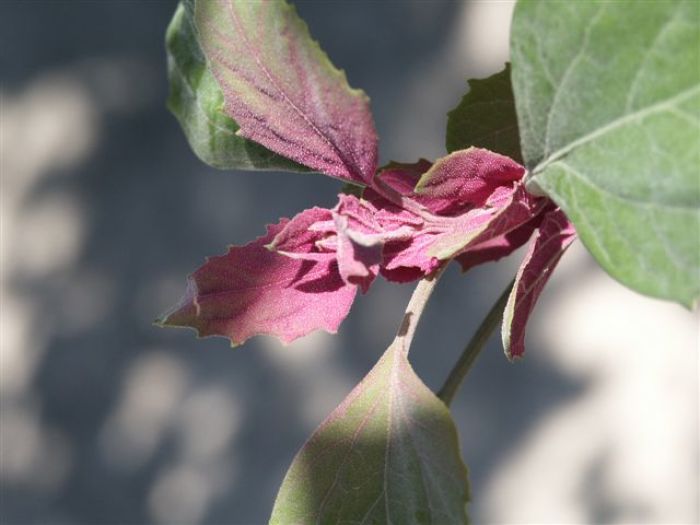
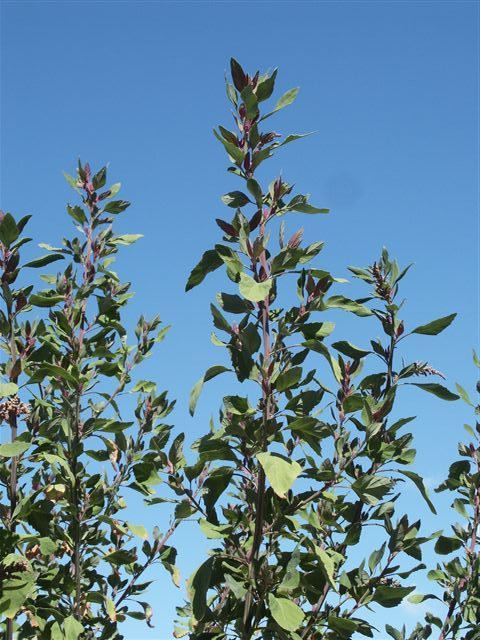
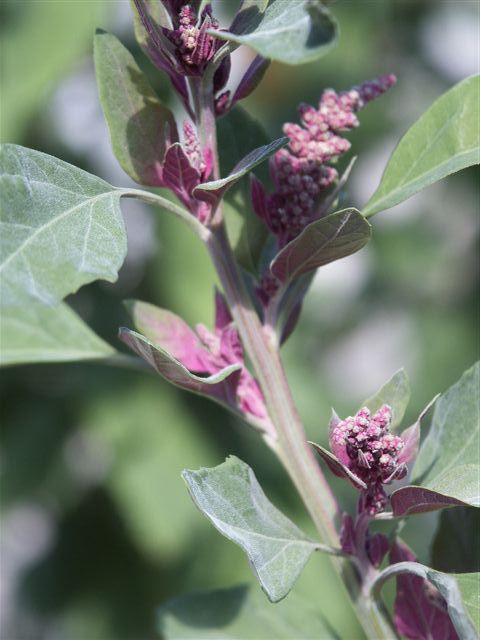
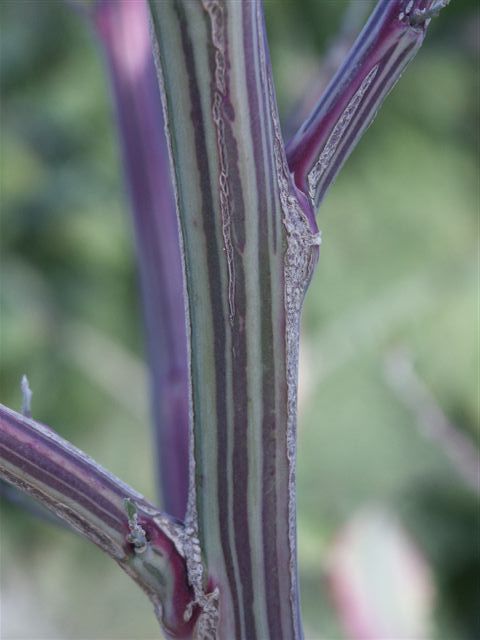
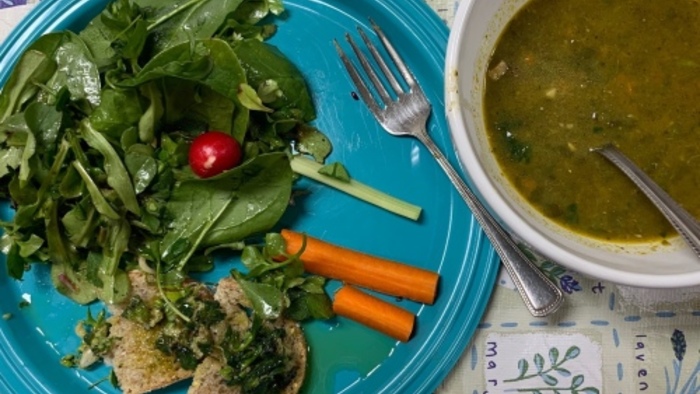















Comments
Log in or create an account to post a comment.
Sign up Log in